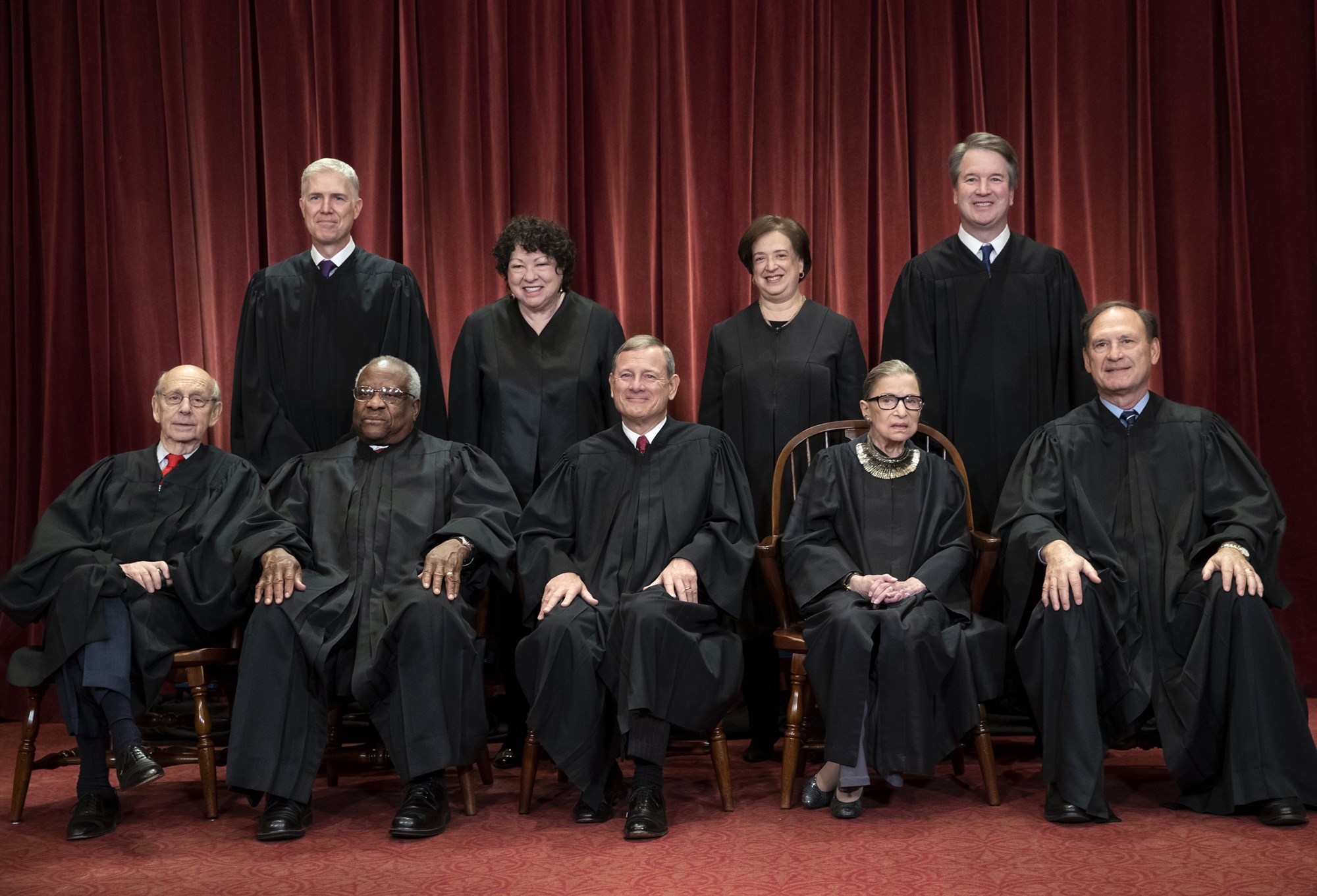
WASHINGTON — Although the Supreme Court split between conservative and liberal justices in one of its most high-profile cases — a 5-4 ruling that said federal judges could not referee disputes over partisan gerrymandering — the court's just-ended term was notable for a series of unusual lineups.
The court divided along the typical ideological lines only seven times, with justices appointed by Republican presidents on one side and those appointed by Democrats on the other. After the bruising hearing for the court's newest member, President Donald Trump's nominee Brett Kavanaugh, the court seemed determined to keep a low profile and to avoid being perceived as a partisan body.











